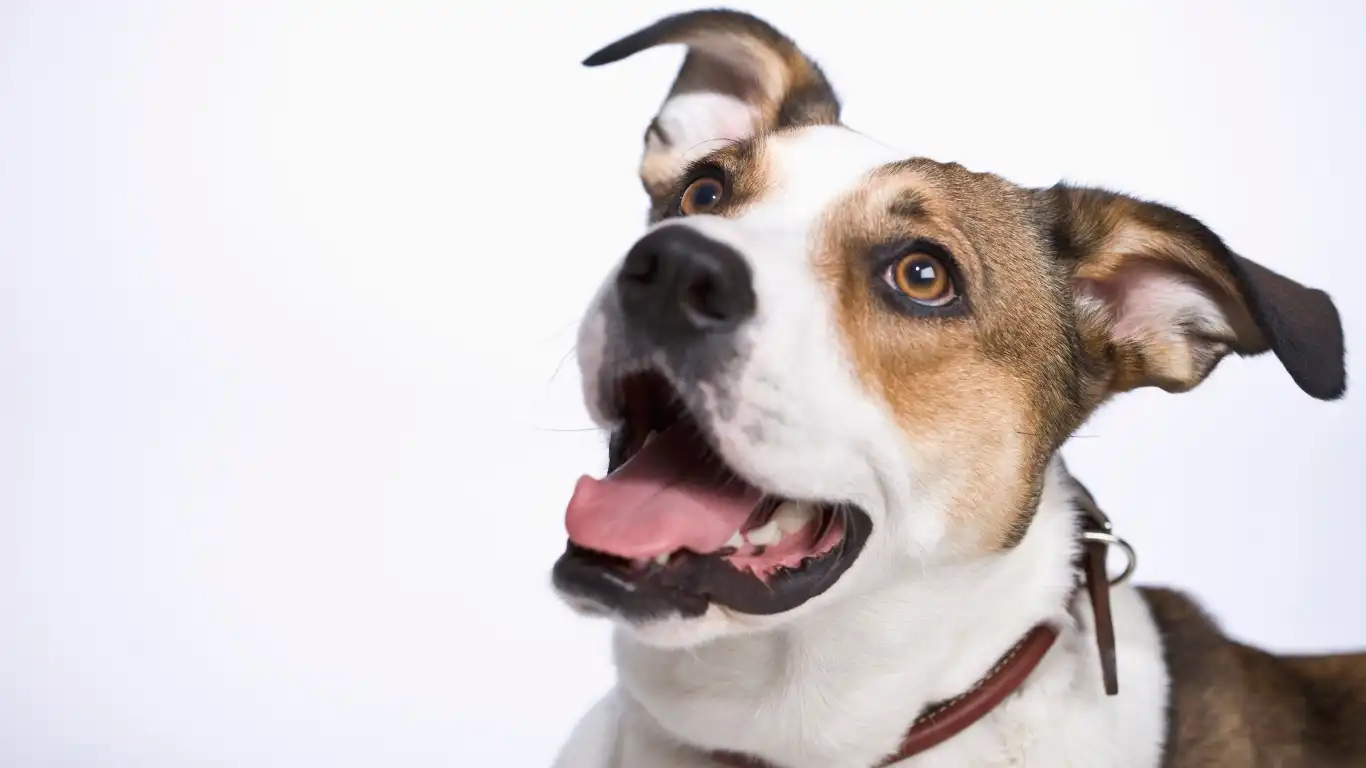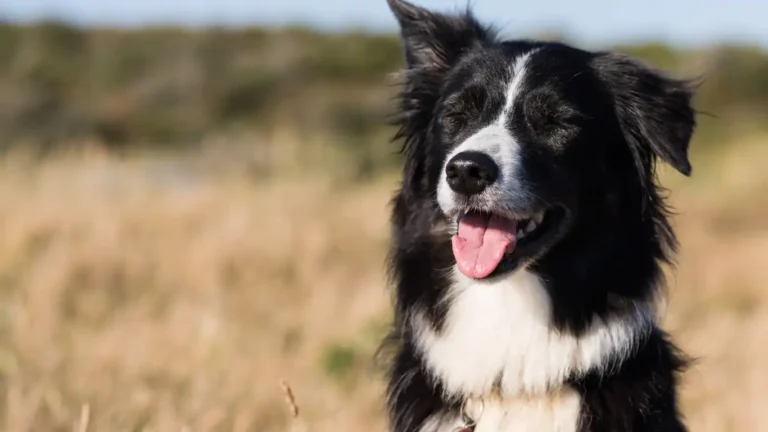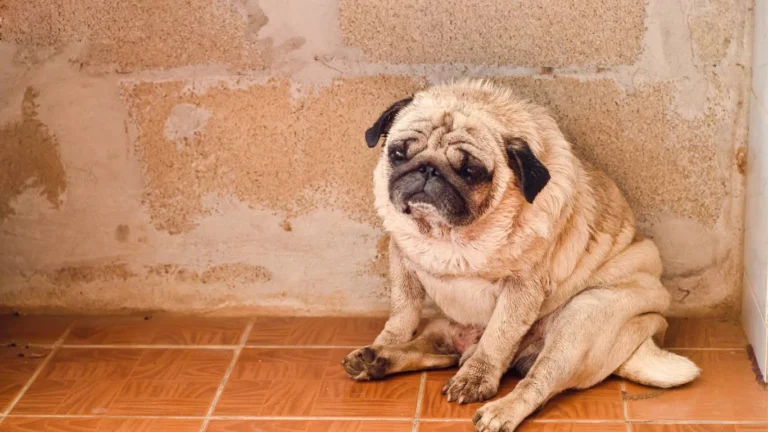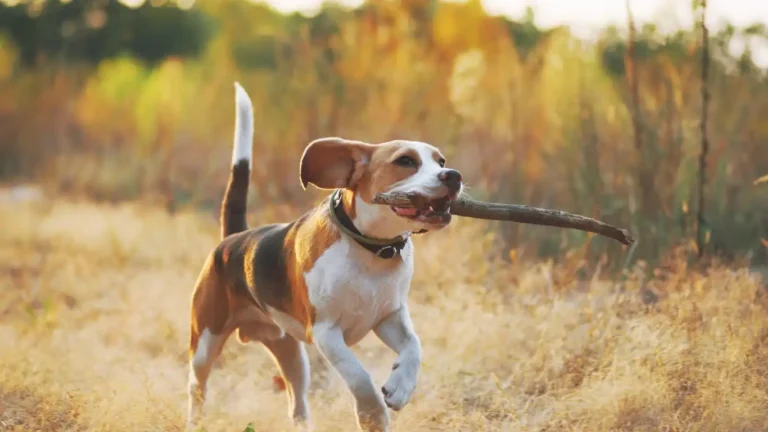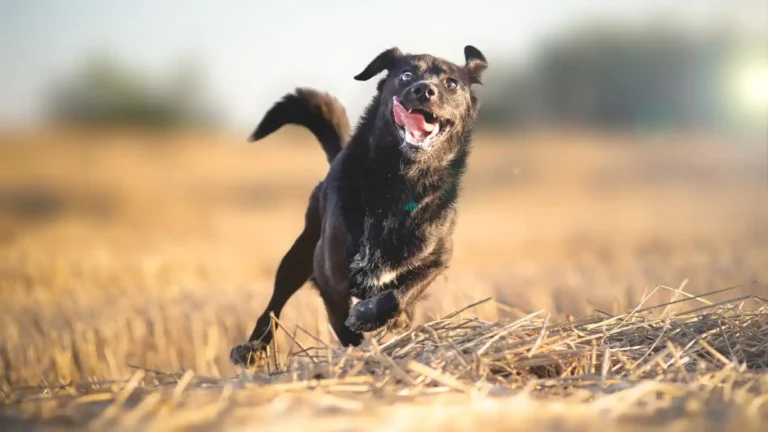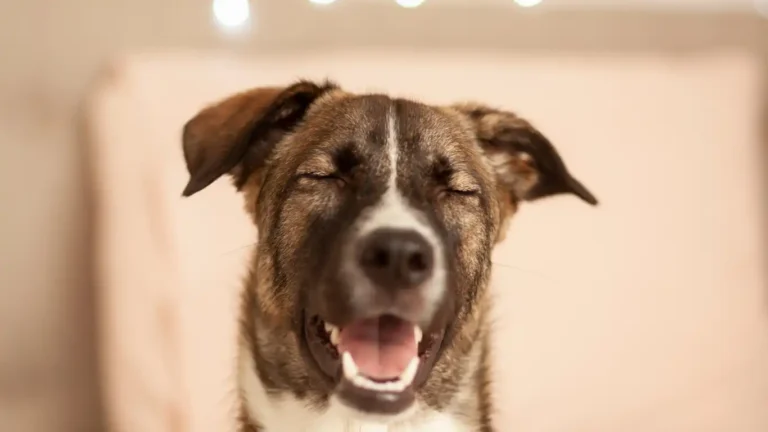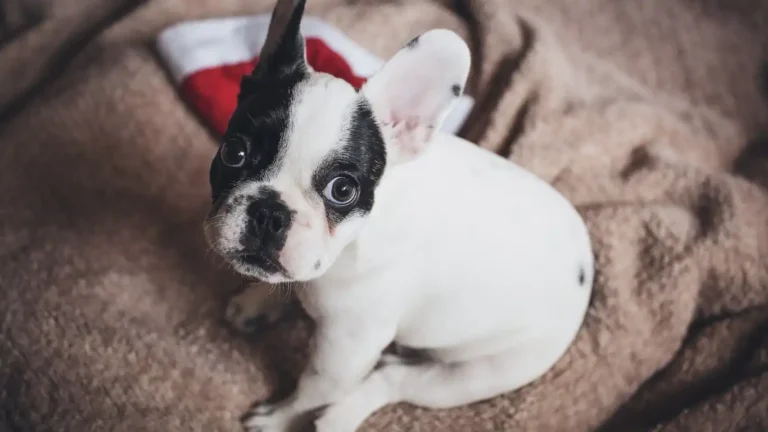How to Clean a Dog’s Paws After a Muddy Walk: No-Mess Tips That Work
Let’s be real — muddy paws are part of the deal when you’ve got an active dog who loves the great outdoors. I’ve had more than my fair share of post-walk cleanups as a Veterinary Technician and Nutrition Nurse, especially with patients who just couldn’t resist a good roll in the muck. Knowing how to clean a dog’s paws after a muddy walk isn’t just about keeping your floors clean — it’s also about keeping your dog healthy, comfortable, and infection-free. Over time, I’ve picked up a bunch of practical, vet-approved tips that actually work, without stressing your pup (or you) out.
Why Clean Paws Matter More Than You Think
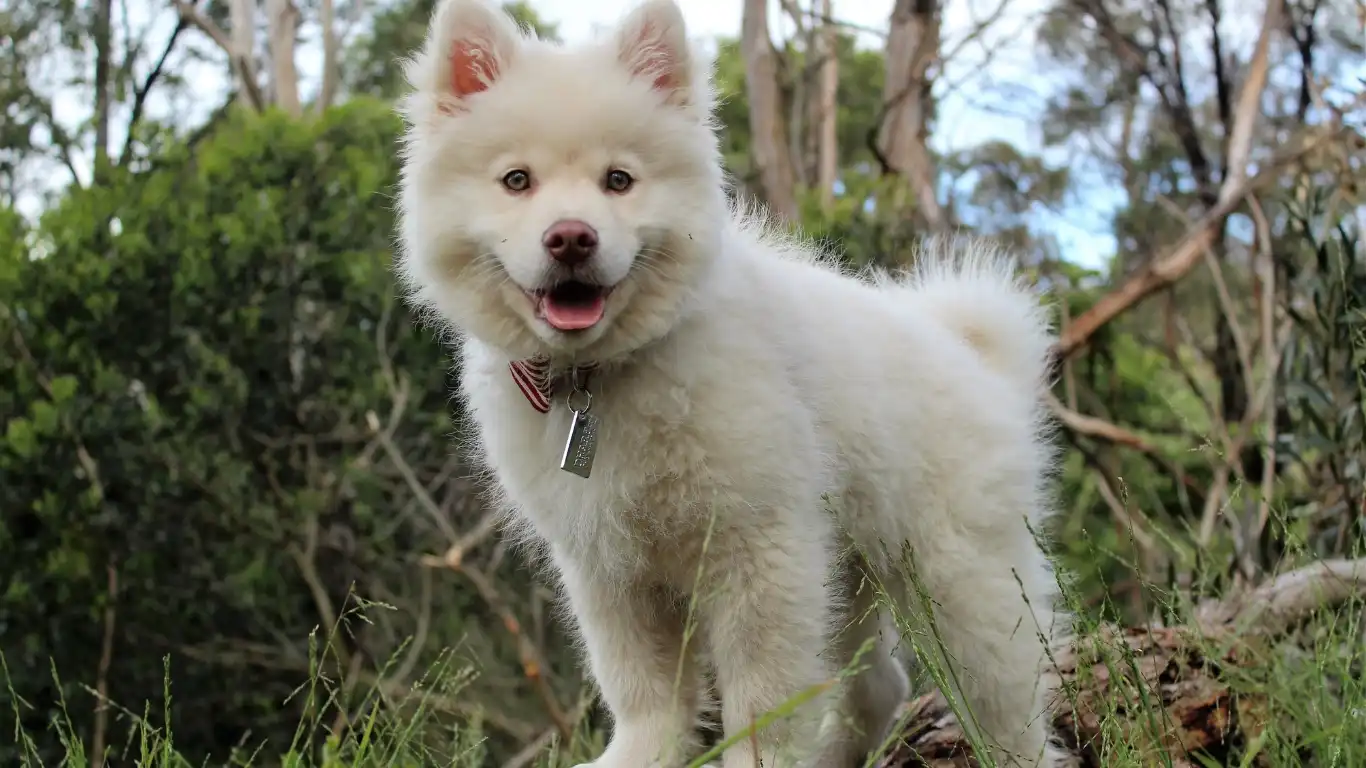
Okay, so it’s not just about the mud stains on your white couch — although I totally get the panic when you see those muddy prints on your throw pillows (been there!). Dirty paws can actually harbor bacteria, mold, fungus, and even harmful chemical residues from sidewalks or lawns. If your pup is anything like the energetic Labradors I see in clinic — the ones who zoom around and don’t mind stomping through who-knows-what — those little paw pads are exposed to a lot.
Plus, dogs lick their paws. A lot. And if there’s anything on there — fertilizers, road salts, or pesticides — they’re ingesting it. Yikes, right?
My Go-To Supplies for Paw Cleaning
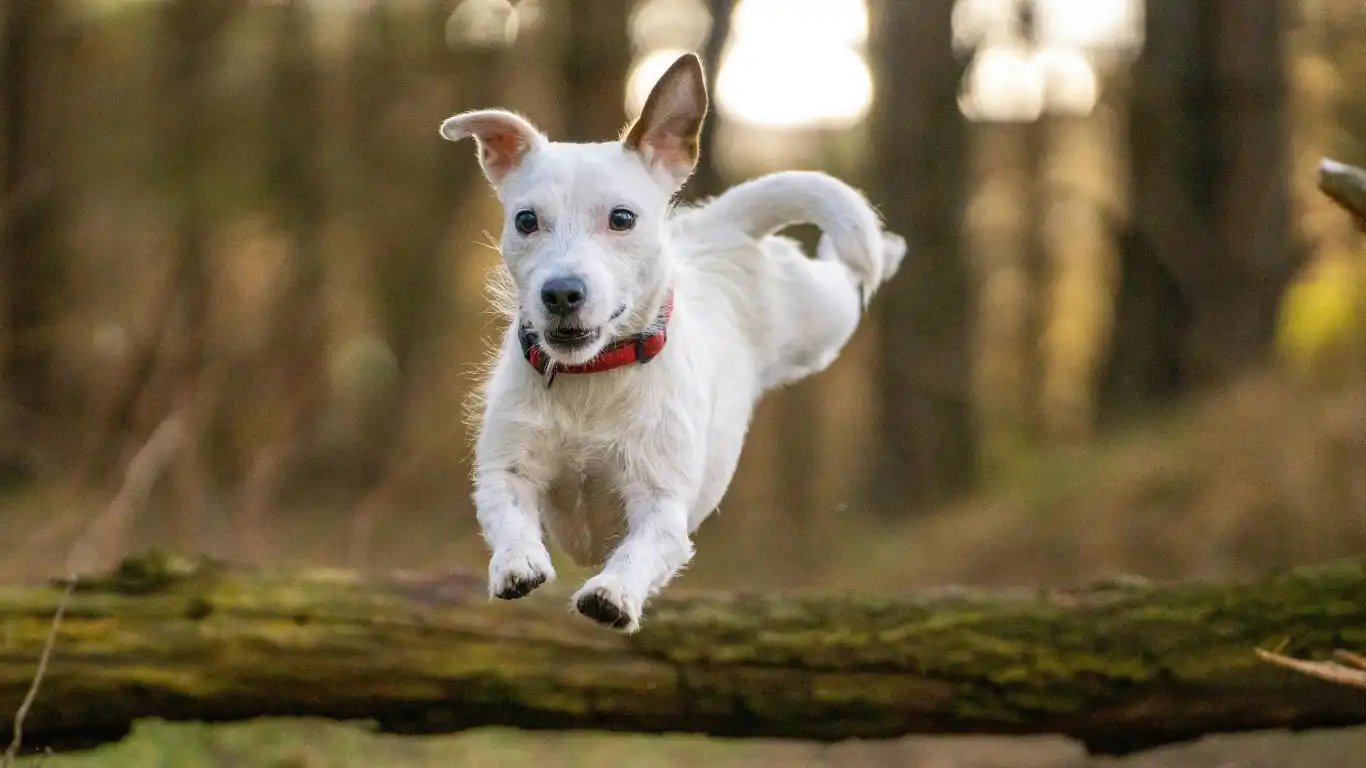
What You’ll Want to Have Handy
Over the years, I’ve found that having a little “paw station” near the entryway makes life a lot easier. These are my top essentials:
- Clean towels – Microfiber ones are awesome because they’re super absorbent and soft on your dog’s pads.
- Paw-safe wipes – Skip the baby wipes and go for dog-specific ones (unscented is best for sensitive pups).
- Warm water in a shallow bowl or spray bottle – Gentle but effective, especially when mud is caked on.
- Soft-bristled brush or toothbrush – Perfect for getting in between those toes without irritating the skin.
- Non-toxic paw balm – To soothe and protect after cleaning. Especially great in winter or dry conditions.
If your dog has long fur, like a golden or doodle mix, keeping blunt-nosed grooming scissors around to trim between the toes is helpful too. Just be super careful — those toe pads are sensitive and easy to nick if your dog wiggles.
Step-by-Step: How to Clean a Dog’s Paws After a Muddy Walk
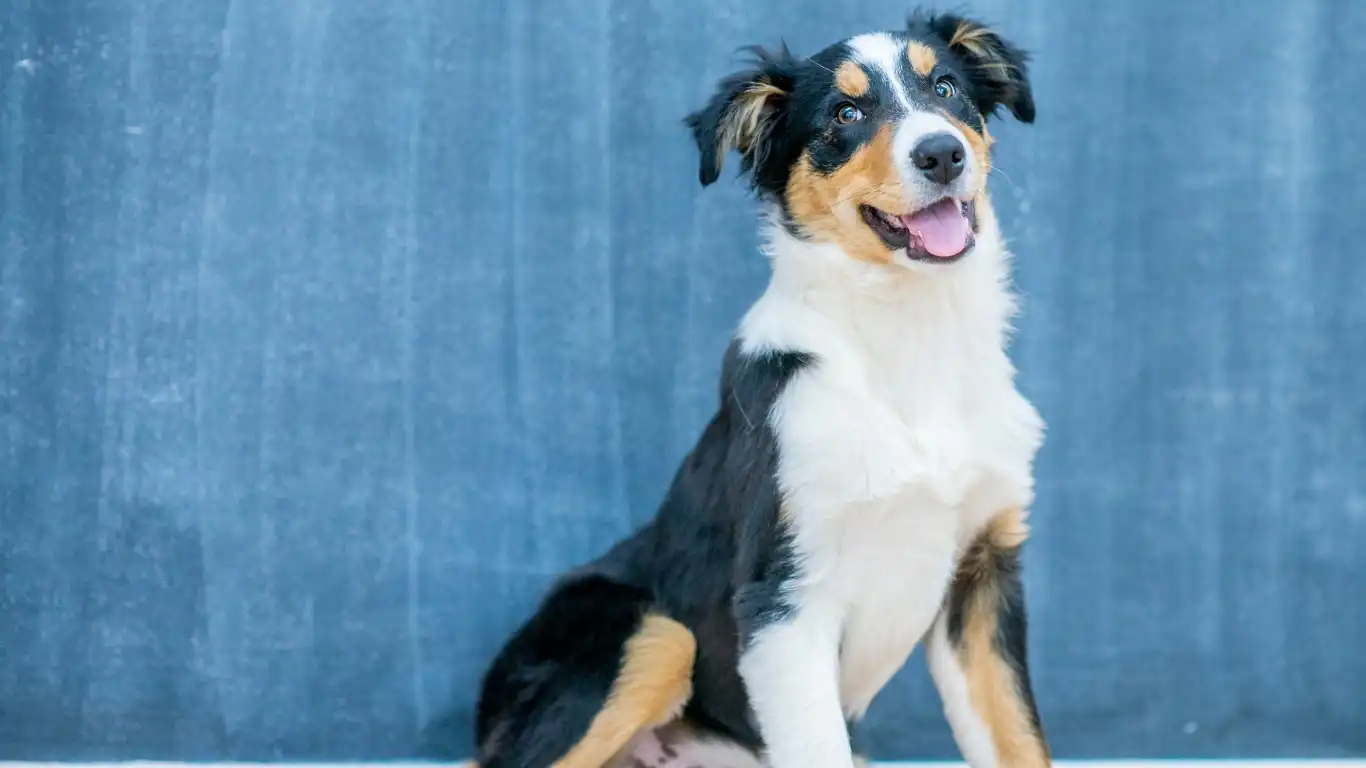
1. Prep Before the Walk
This might sound backward, but hear me out. One trick I share with pet parents in the clinic is to prevent the mess before it starts. Waterproof dog booties work wonders, especially for city dogs walking through puddles, salted sidewalks, or dog parks. But I get it — not all pups tolerate boots (mine does the weird donkey kick dance every time I try). So if boots aren’t an option, a quick rub of paw balm before a walk creates a mild barrier that makes cleanup way easier later.
2. Rinse Gently, Don’t Scrub
Back home with a muddy tornado? First, don’t panic. And definitely don’t start scrubbing with cold water. That’s just going to make your dog hate paw cleaning. I use lukewarm water in a low tub or shallow bowl. Just dip each paw, swirl gently, and use your fingers to massage out any dirt. For stubborn clumps, a soft brush works wonders.
Try turning this into a mini spa session — lots of praise, maybe a lick mat or a peanut butter distraction — and your dog will start associating this ritual with chill time. I’ve had patients who used to run away at towel sight, and now they practically offer their paws!
3. Dry Thoroughly (Don’t Skip This!)
I can’t stress this enough: drying is just as important as washing. Damp paws are a breeding ground for yeast and bacteria, especially between the toes. I like to blot with a microfiber towel and get in between each toe, like how you’d dry a toddler’s fingers. For fluffier breeds, a low-heat blow dryer on the cool setting can help, but only if your dog is chill with the noise.
4. Inspect While You’re At It
This is prime time to give your dog a quick paw inspection. Look for:
- Cracks in the paw pads (especially in winter)
- Redness or swelling between toes
- Small cuts or splinters — I once found a tiny glass shard stuck in a patient’s pad during one of these checks!
Early detection can save you a vet visit down the line, trust me. I’ve seen minor cracks turn into full-blown infections when left untreated.
5. Moisturize and Protect
Once those paws are clean and dry, I love finishing with a bit of paw balm. Not only does it lock in moisture, but it also acts as a barrier against salt and dirt. Just a pea-sized amount massaged into each pad is enough — and most dogs seem to enjoy the attention.
Pro tip from a nutrition nerd (hi, that’s me): diets rich in omega-3 fatty acids can actually support healthier skin and paw pads. So if your pup’s paws are always cracked or dry, it might be worth chatting with your vet about supplements.
Dealing with Muddy Paw Maintenance Throughout the Week
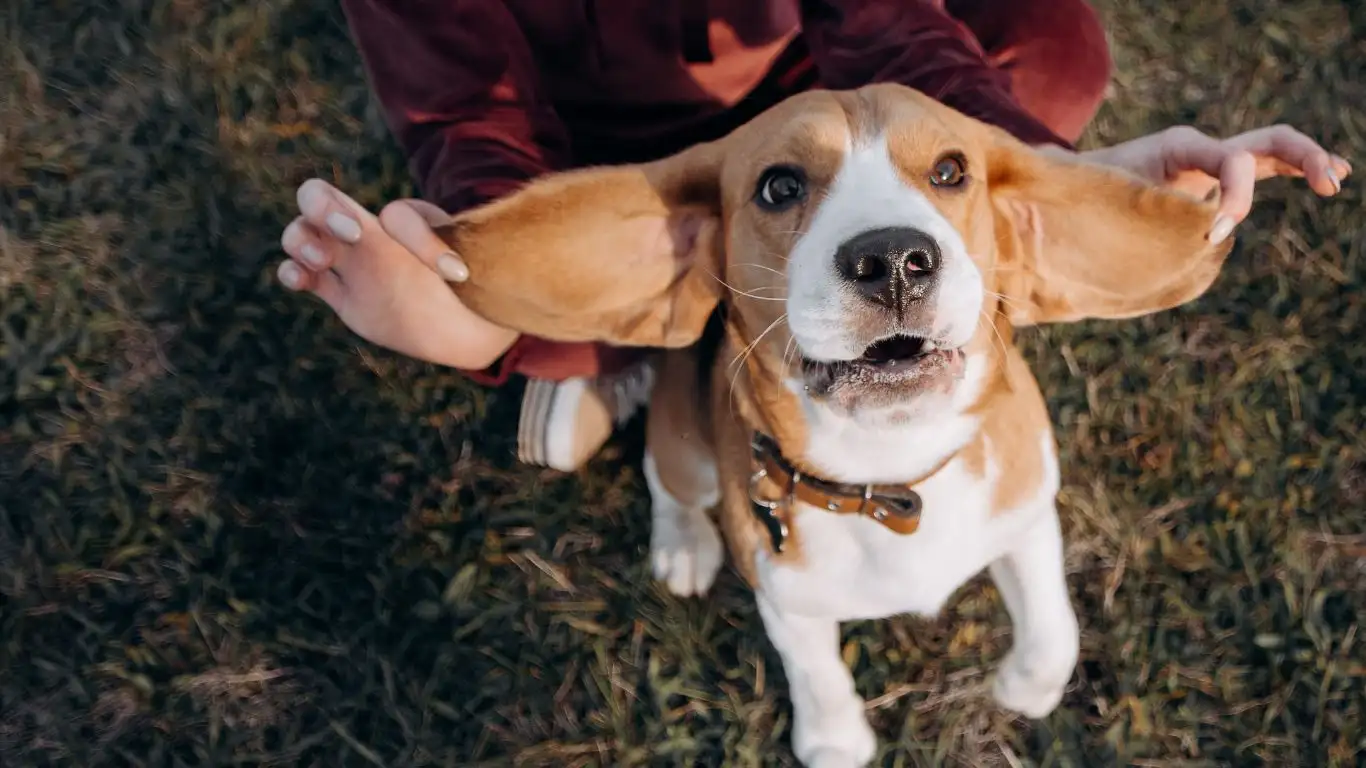
So, you’ve got the basics down now — cleaning those muddy paws after each walk is easy once you get into a routine. But what about the rest of the week? As someone who’s been around dogs in all stages of their muddy adventures, I’ve learned that some extra care goes a long way. It’s not just about cleaning after every walk; it’s about paw maintenance throughout the week that can keep your pup’s feet in top shape, no matter how many muddy trails they tackle.
Routine Paw Checks: Prevention is Key
If you’re like me, you probably don’t want to spend your weekends in a never-ending cycle of paw cleaning. But here’s the thing: routine checks prevent bigger messes and problems down the line. Every time I clean my dog’s paws, I make it a point to give them a once-over for any cuts, abrasions, or foreign objects. This quick inspection has saved me more than once — like the time I noticed a tiny pebble wedged in between my dog’s pads. A simple fix that avoided a nasty infection.
Besides that, regularly trimming the fur around your dog’s paws can drastically reduce the amount of debris they collect. You’d be surprised at how much dirt gets trapped in the fluff between their toes. A couple of snips once every two weeks can keep those paws cleaner for longer.
Drying Paws Between Walks: A Simple Habit for Happy Paws
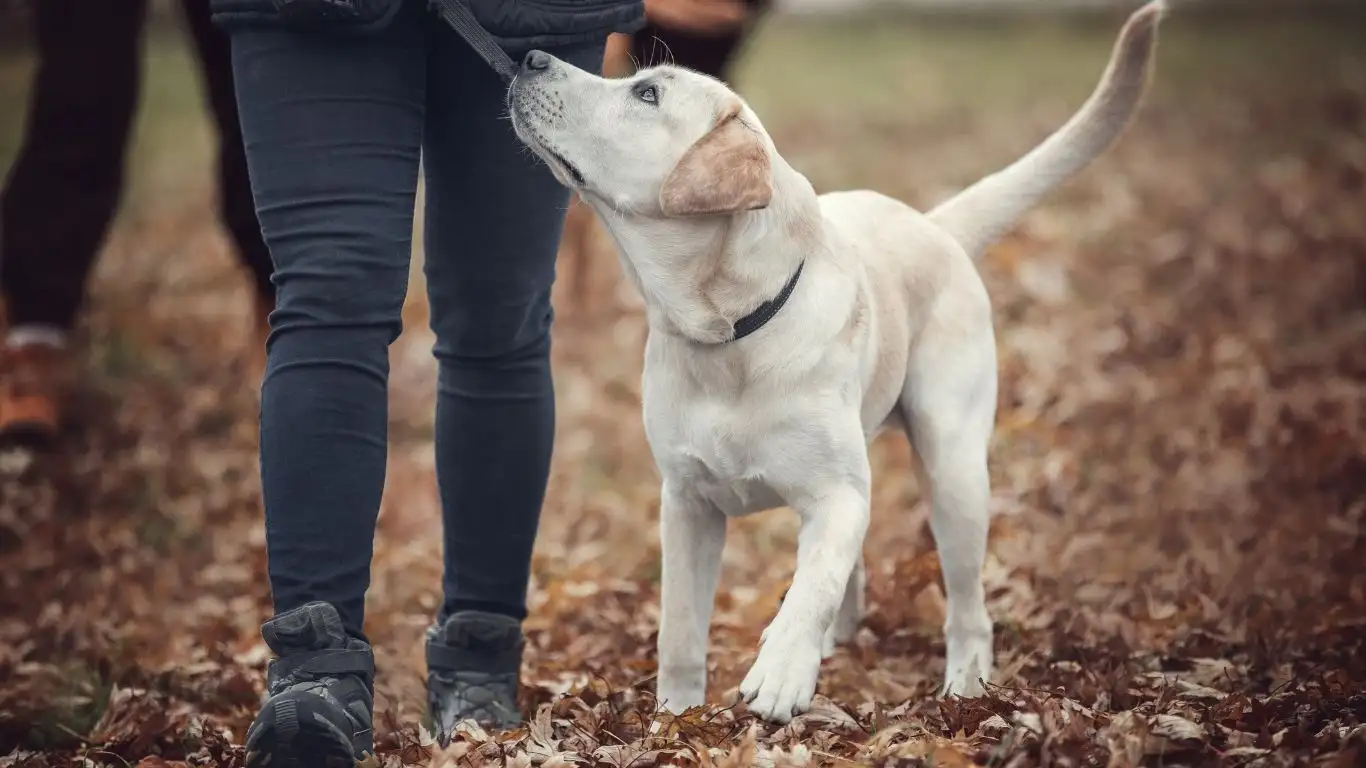
Why Drying Matters (Even Between Walks)
After a walk, it’s tempting to just rush through the process and head inside for the real fun. But I’ve learned that drying your dog’s paws thoroughly makes a world of difference. Especially during wet months or after a particularly muddy walk, your dog’s paws can still hold moisture even after a wipe down. If left unchecked, that moisture can lead to infections or skin irritations. Take an extra minute to dry those paws between walks to help prevent issues like yeast infections, which are a common result of trapped moisture. And trust me, the last thing you want is your dog licking their wet paws for hours afterward!
If your dog isn’t fond of drying off, try using a dog-safe paw dryer (I’ve seen some really cool low-noise versions) or even a soft towel with some gentle rubbing. Over time, they’ll get used to it, and your dog will thank you for the care they receive.
Handling the Aftermath of Paws Covered in Stubborn Mud
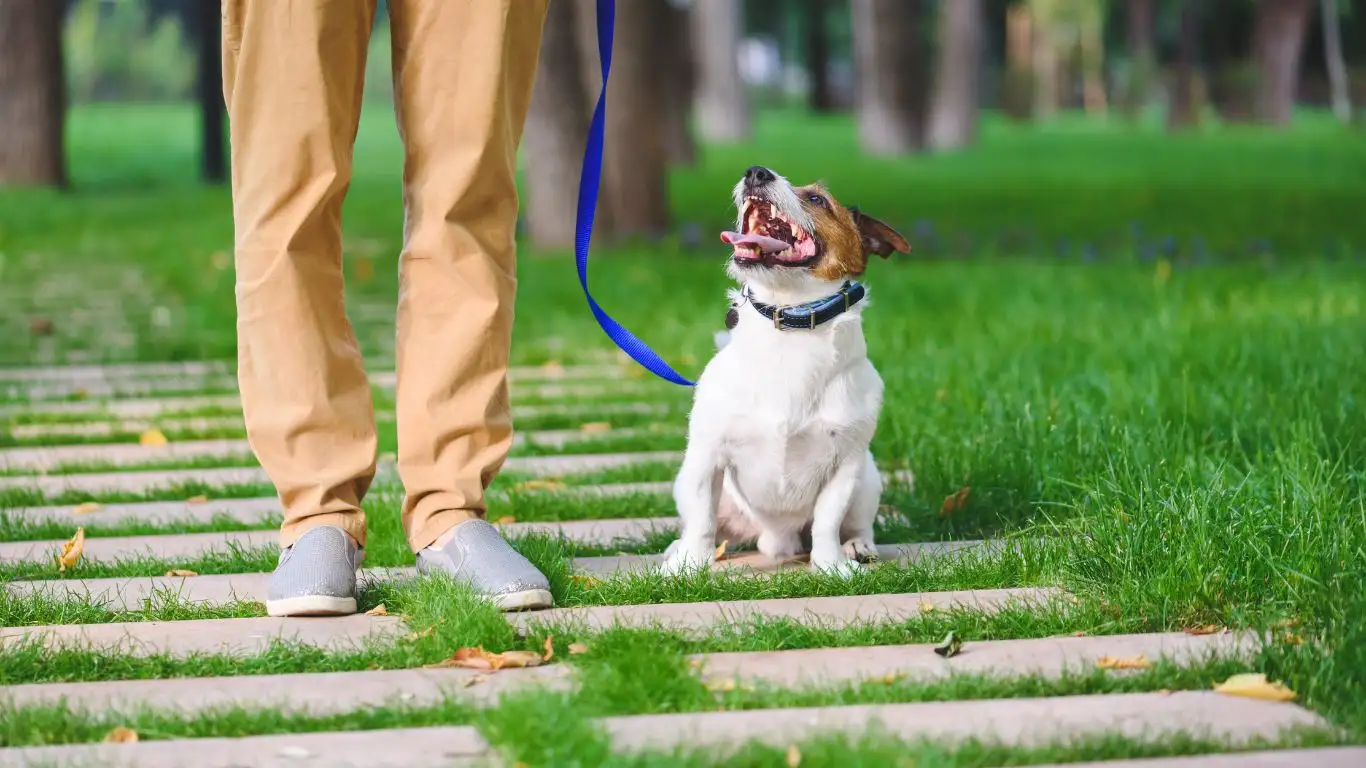
The Right Tools for Stubborn Mud
Sometimes, a quick rinse just doesn’t cut it — and I totally get the frustration when your pup’s paws are caked with that thick, sticky mud that refuses to let go. If you’ve found yourself in this predicament, don’t worry, you’re not alone. I’ve been there many times with dogs who seem to have a sixth sense for finding the thickest, gloopiest mud puddles. But here’s what I’ve learned works best for those messy days:
- Use a paw soak: Fill a shallow bowl or container with warm water and let your dog’s paws soak for a couple of minutes. This softens the mud and makes it easier to wipe away. Add a small amount of gentle pet shampoo if the mud’s particularly tough.
- Rub gently with a soft-bristled brush: If you’re dealing with mud between the toes or on the pads, a soft brush (think: an old toothbrush) can help get in all the nooks and crannies without hurting your dog’s delicate skin.
- Try a specialized paw cleaner: For those seriously stubborn cases, there are dog paw cleaning systems on the market that use gentle water pressure to rinse away dirt. Some even come with soft cloths and containers designed to make cleanup easier.
Be Mindful of Over-Cleaning
There’s a fine line between keeping your dog’s paws clean and going overboard. Over-cleaning can lead to dry, cracked paw pads or even allergic reactions from excess moisture and friction. I always tell dog parents to avoid over-scrubbing and only clean your dog’s paws when necessary. Gentle wiping or rinsing is usually enough. Over-cleaning can also strip away natural oils that help protect your dog’s paws, so take it easy if the dirt isn’t too bad.
Sometimes, the best thing you can do is simply wipe away excess mud and let your dog’s paws air dry. As long as there’s no visible injury, and the paw pads look good, it’s okay to skip a deeper clean every once in a while. Trust me — your dog will thank you for the more relaxed approach.
Alternative Paw Cleaning Options
If your dog is extra sensitive to cleaning (or just hates getting their paws touched), there are some alternative methods you can try. These options still ensure their paws stay clean without the typical bath-time experience.
Paw Cleaning Wipes
As mentioned earlier, paw cleaning wipes are an absolute lifesaver for quick cleans, especially on the go. Whether you’re out on a hike or coming home from a walk in the park, these wipes are an easy way to keep your dog’s paws in check without a whole cleaning process. Look for wipes that are biodegradable, alcohol-free, and hypoallergenic to make sure you’re not irritating your dog’s skin.
Paw Washing Stations
If you want to invest in something a bit more advanced, there are also paw washing stations available. These are designed with a soft bristle system that gently cleans your dog’s paws as they step into the unit. Some models even offer warm water and gentle brushes that mimic the soothing process I use in my clinic.
Whatever method you choose, remember that the goal is to make your pup comfortable and happy. If your dog seems stressed by a certain cleaning method, it’s worth trying an alternative approach to see what works best.
Understanding the Long-Term Health Benefits of Clean Paws
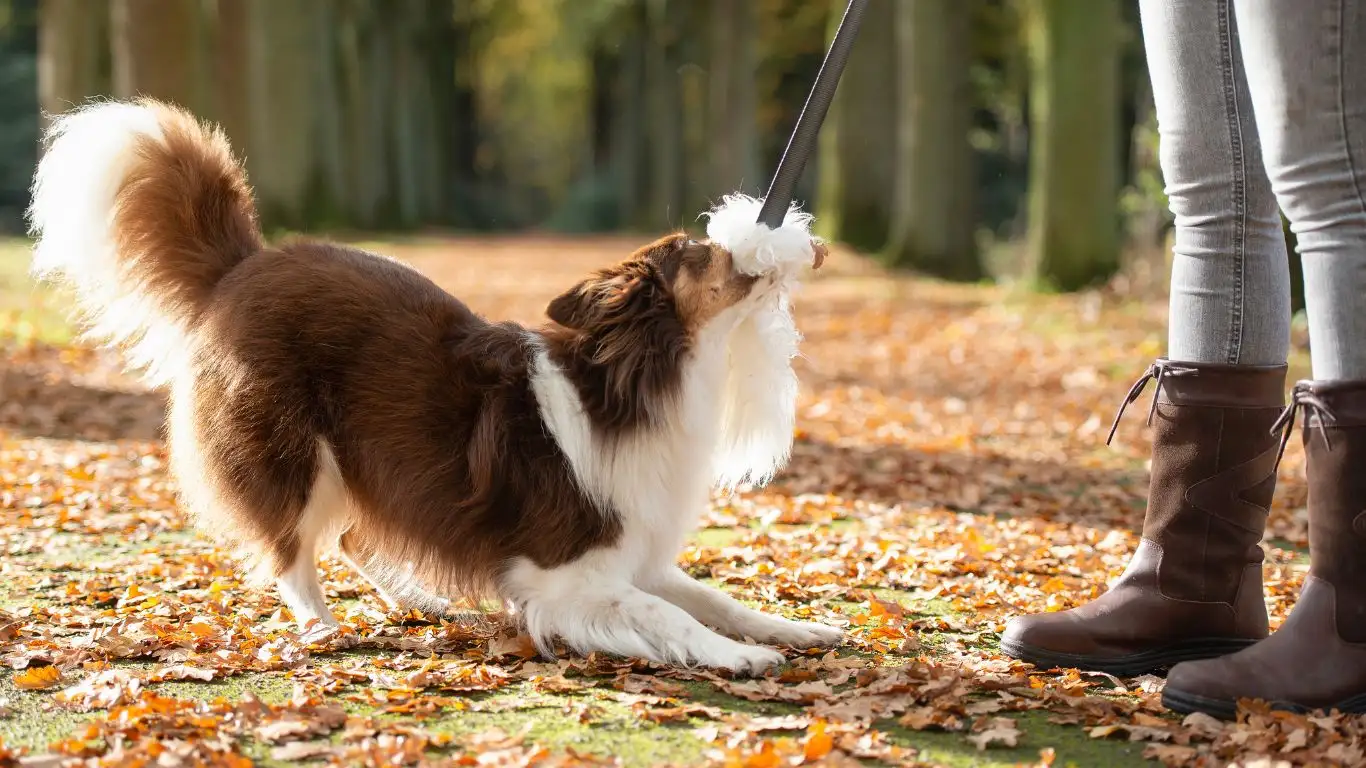
By now, you’ve probably gathered that cleaning your dog’s paws after every muddy adventure isn’t just about keeping your home clean — it’s about protecting your dog’s overall health. In my years as a veterinary technician, I’ve seen firsthand how regular paw care can prevent more serious health issues down the road. Let’s dive into some of the long-term benefits of keeping those paws clean and healthy.
Preventing Infections and Irritations
One of the most important reasons to clean your dog’s paws is to prevent infections. Mud, debris, and chemicals from outdoor environments can get lodged in the cracks of their paw pads or between their toes, leading to potential infections. I’ve worked with many dogs who came in with paw infections because their owners didn’t regularly check or clean their paws after walks. These infections can lead to painful conditions like fungal infections, bacterial growth, and paw pad dermatitis.
If your dog’s paws are consistently exposed to moisture (like after a muddy walk), the risk of yeast or fungal infections increases. By drying their paws thoroughly and moisturizing when necessary, you can help prevent these issues. For dogs with sensitive or damaged paw pads, using paw balm regularly can create a protective barrier that reduces moisture buildup and keeps their skin intact.
Promoting Comfort and Mobility
It’s easy to overlook how much discomfort a dirty or irritated paw can cause, especially for dogs who love to run, jump, and explore. But as a vet tech, I’ve seen firsthand how simple paw care can make a huge difference in your dog’s comfort level. Whether it’s the cold winter months causing cracked pads or the hot summer pavement burning their paws, neglecting regular paw care can lead to painful conditions that affect their mobility. Regular cleaning, drying, and protection can keep your dog feeling comfortable and ready for their next adventure — without the added pain or discomfort of irritated paws.
Special Considerations for Dogs with Sensitive Skin
Dogs with Allergies and Sensitive Paws
If your dog has sensitive skin or suffers from allergies, they may have more fragile paws that require extra care. Some dogs are more prone to paw-related issues like itching, redness, or inflammation due to environmental allergies (such as grass, pollen, or dust mites). In these cases, cleaning and moisturizing their paws is even more important. I’ve worked with dog owners who use hypoallergenic, gentle products to prevent skin reactions. Look for products that are free from artificial fragrances or harsh chemicals, as these can further irritate sensitive skin.
If you suspect your dog has an allergic reaction to something they’re stepping on during walks, like certain plants or chemicals on the sidewalk, it’s a good idea to consult with your vet. They may recommend a more thorough treatment plan that includes special cleaning products, paw pads, or even dietary changes to improve skin health from the inside out. A vet will also be able to guide you on how to deal with seasonal or environmental allergies, so you can better manage your dog’s paw health.
Older Dogs or Dogs with Mobility Issues
Older dogs or those with joint problems, such as arthritis, may also benefit from extra attention when it comes to paw care. As dogs age, they tend to be less mobile, and their paw pads can become dry or cracked due to less activity. Additionally, older dogs with arthritis may have difficulty walking in rough terrain, which can lead to sore paws and increased vulnerability to injury. Providing regular paw checks and keeping their paws soft and moisturized can help minimize discomfort.
For senior dogs, keeping their paws clean can make them more comfortable as they move around, and it’s an easy way to monitor for any early signs of problems like cracks, sores, or infections. If your dog is showing signs of stiffness or reluctance to walk after a muddy excursion, it might be time to look at both paw health and overall mobility support, like joint supplements or gentle exercise.
Resources for Dog Paw Care and Health
When in doubt, consult the experts! Veterinary professionals are always available to offer guidance on your dog’s paw health, and there are plenty of reliable resources to help you stay informed. Some great places to start are:
- PetMD – Offers expert advice on pet health, including paw care and common skin conditions.
- American Kennel Club (AKC) – A great source for dog care tips, including paw health and seasonal care.
- National Institutes of Health (NIH) – Provides trustworthy health information that can also apply to your dog’s overall wellness.
Disclaimer
This article provides general advice and suggestions on how to clean and care for your dog’s paws, but it’s important to note that every dog is unique. If you notice signs of infection, irritation, or other paw issues that don’t improve with regular cleaning and maintenance, please reach out to your veterinarian for personalized advice. The content here is based on personal experience and general knowledge but isn’t intended to replace professional veterinary care.
Whether you’re a first-time dog owner or a seasoned pro, keeping your dog’s paws in tip-top shape is one of the easiest ways to ensure their overall health and happiness. With the right tools, routines, and a little bit of love, you can turn muddy walks into a breeze — for both you and your furry friend!
